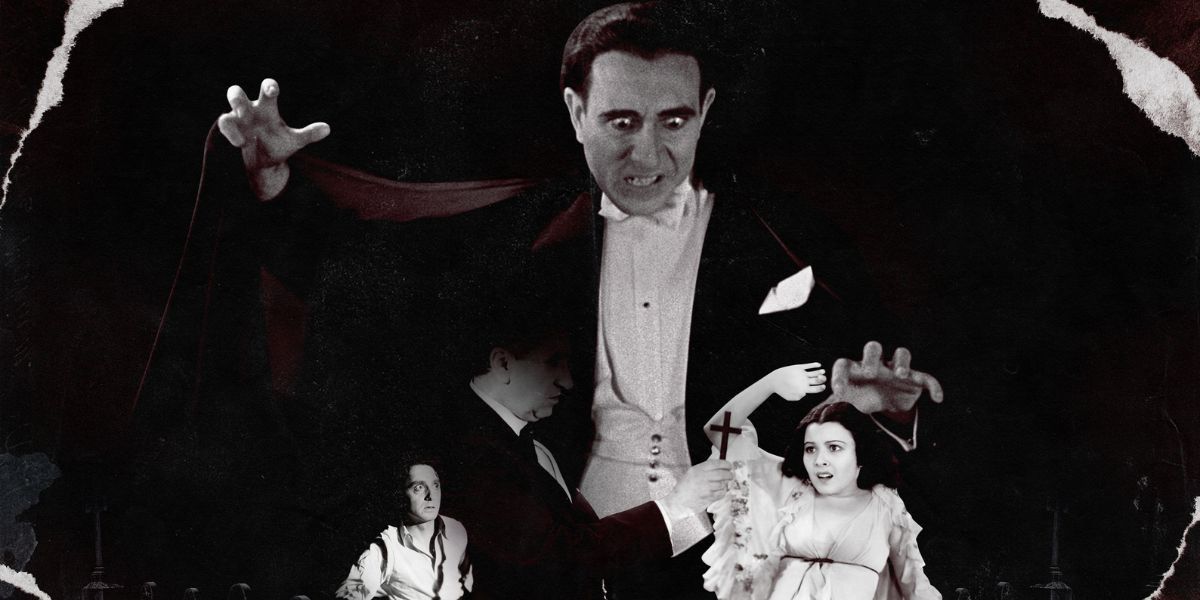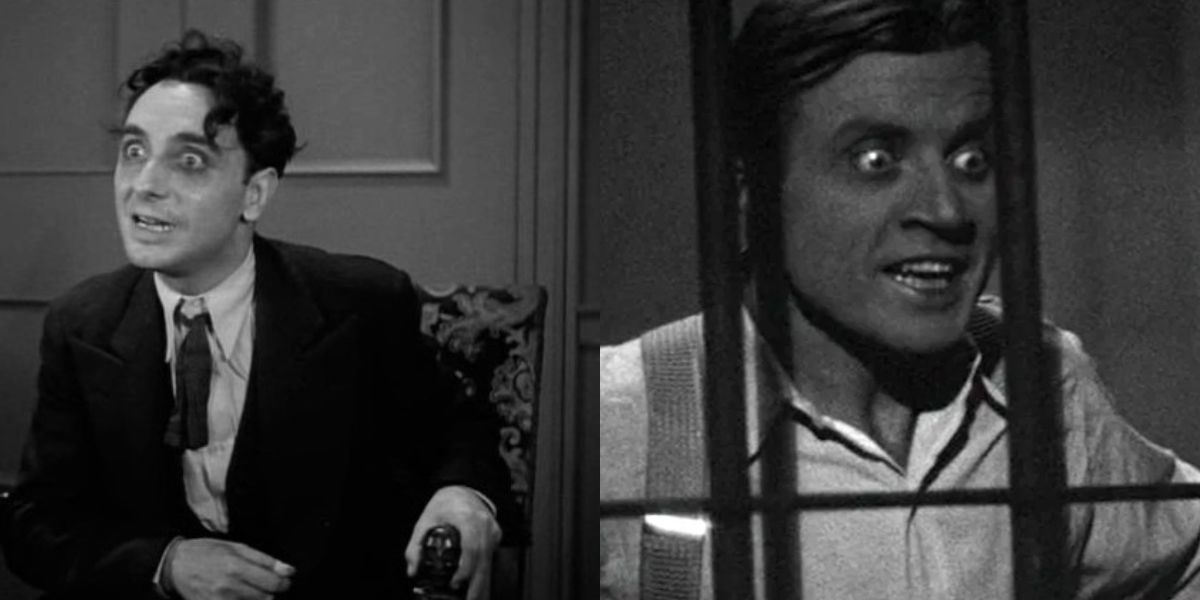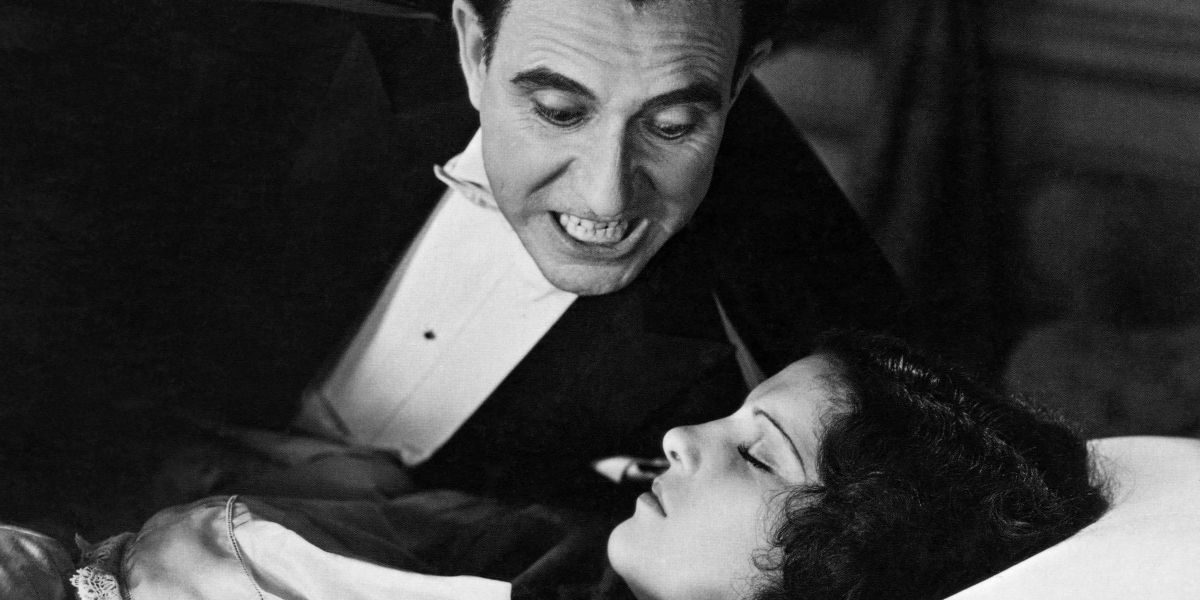The 1931 classic, Dracula, is an iconic piece of cinematic history that's influenced a slew of remakes and adaptations over the years. Bela Lugosi's performance as the famous bloodsucking count is indeed memorable and has helped propel the character as a cultural icon. However, there's another version of the film that often gets overlooked. While director Tod Browning and his crew were filming Lugosi and his fellow actors during the day, another cast and crew used the same set at night to produce a Spanish-speaking iteration of the picture. While both productions tell the same story, the Spanish version, directed by George Melford, is arguably the better movie.
At the time, Universal Studios and other production companies used the same film sets and props to create foreign-language versions of their movies to tap into non-English speaking markets. As a result, in the Spanish version, Count Dracula is played by Carlos Villarías. At the same time, characters like Mina Seward (Helen Chandler), Lucy Weston (Frances Dade) and John Harker (David Manners) become Eva (Lupita Tovar), Lucía (Carmen Guerrero) and Juan (Barry Norton). Moreover, because the movie catered to foreign audiences in Latin America, there's added emphasis on religion, and the costumes were more risqué in contrast to their English counterpart. Nevertheless, although there's some variation, the quality of the Spanish Dracula over its more well-known equivalent comes down to the actors' performances and its use of close-ups and space.
Dracula's Spanish Cast Excels in a Way the English One Doesn't
Both films begin with Renfield (Dwight Frye/ Pablo Álvarez Rubio) traveling the Transylvanian countryside towards Castle Dracula. Upon his arrival, the solicitor is met by the count, who enthralls him into servitude. However, Frye's acting pales compared to Rubio's -- the English Renfield is more reserved than his Spanish contemporary. While Frye plays Renfield as a coy, quiet man turned a sniveling ghoulish lackey, Rubio's portrayal is more emotionally unhinged, and his laugh strikes greater fear with its shrieking tones than the English-speaking actor's snickers.
Similarly, Villarías unique interpretation of Dracula is more dynamic than Lugosi's stoic inflections. Where Lugosi silently creeps and uses a flat affect paired with an unapproachable courtesy and unexpressive stare to drive fear into the hearts of his viewers, Villarías conveys the count as a sophisticated, expressive and charming nobleman. The Spanish-speaking vampire can kiss Eva's and Lucía's hands and gnashes his teeth in a rage while smashing the mirror Van Helsing (Eduardo Arozamena) shows him with a cane. The same can be said for Tovar's enacting of Eva -- unlike Chandler's pacified illustration of Mina, Eva's responses are more genuine when displaying fear, sadness or even laughter.
The Spanish Dracula Does More With the Camera
Additionally, the Spanish Dracula uses the space between actors and their close-ups. As a result, the performers interact more closely with each other than in the other version, creating a sense of intimacy lacking in the English-speaking vampire film. Moreover, when the movie closes in on the actors' faces, they express a more comprehensive range of emotions. For instance, although Villarías also utilizes an unblinking gaze akin to Lugosi's, he balances it out with an occasional smile or flair of the eyebrows that communicates a more complex personality.
At the same time, the production's close-ups of the environment and structures give viewers more discernable context clues, which add to the story. While the English film employs cutaways and exposition to deliver its horror, the Spanish picture illustrates dread through visuals -- Eva's puncture wounds and Renfield's bent cell bars are shown, their use of the bat prop is more stylistic, and they display more when someone gets attacked. For example, when Dracula disposes of Renfield after he leads Van Helsing and Harker to his abbey, instead of slowly rolling the actor down the stairs, Rubio's Renfield is aggressively thrown off the staircase. The differences may seem small, but they make the Spanish version of Dracula the superior movie.



